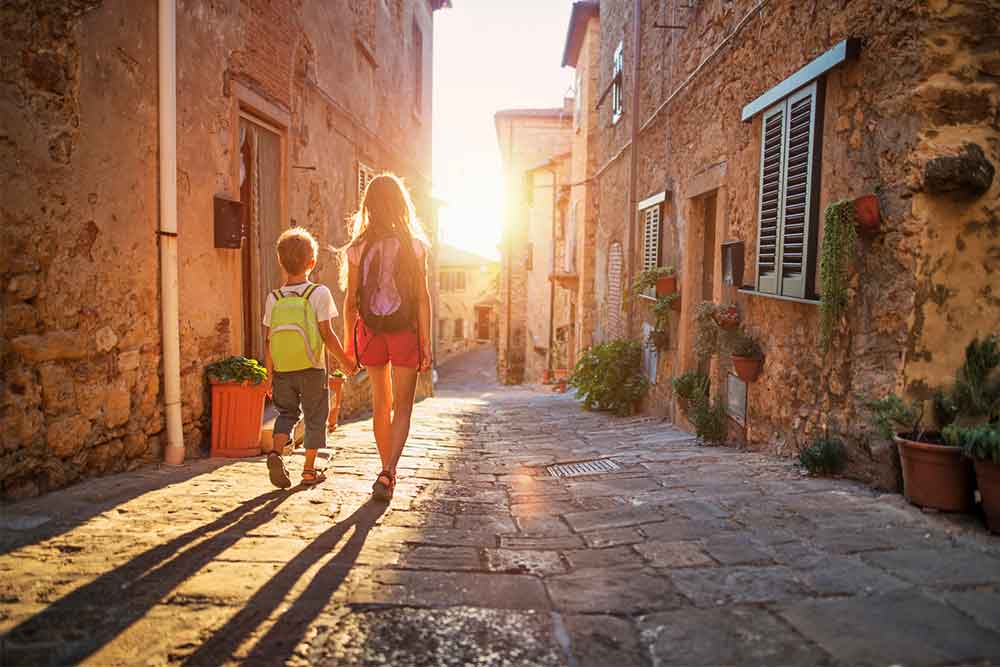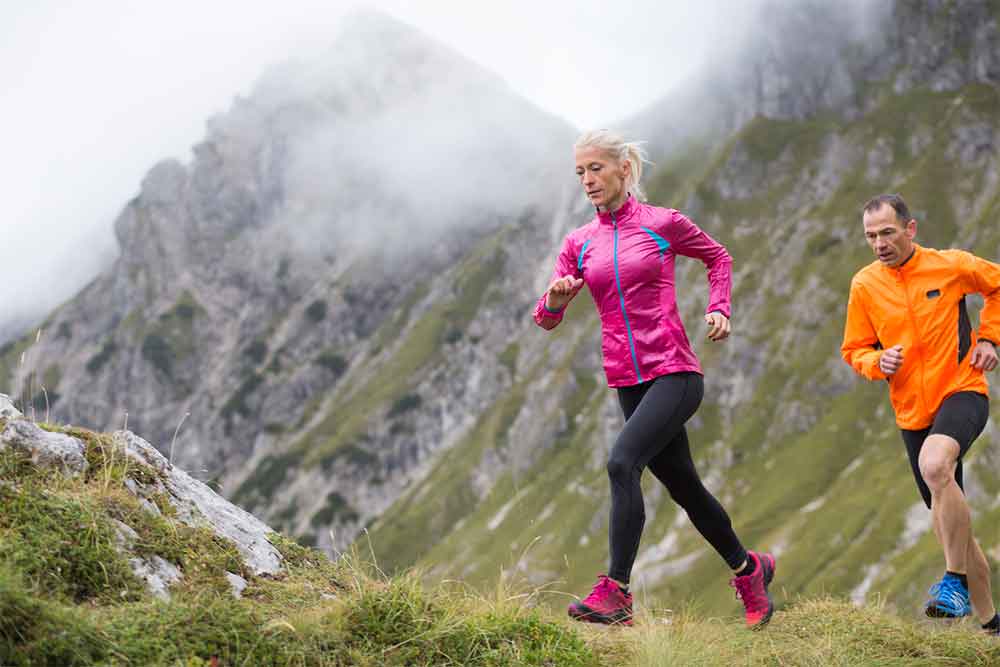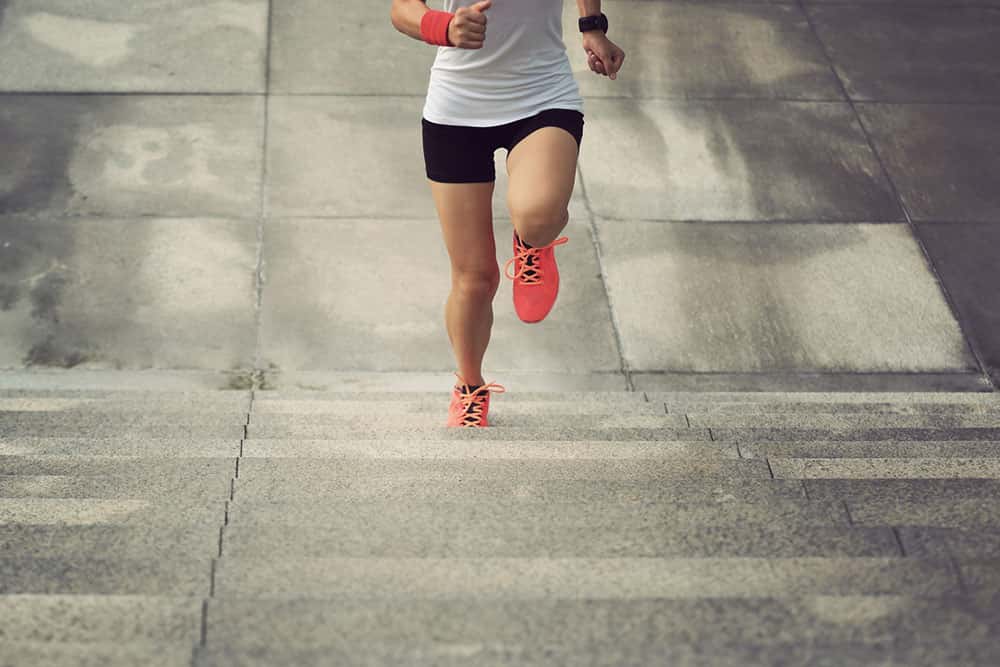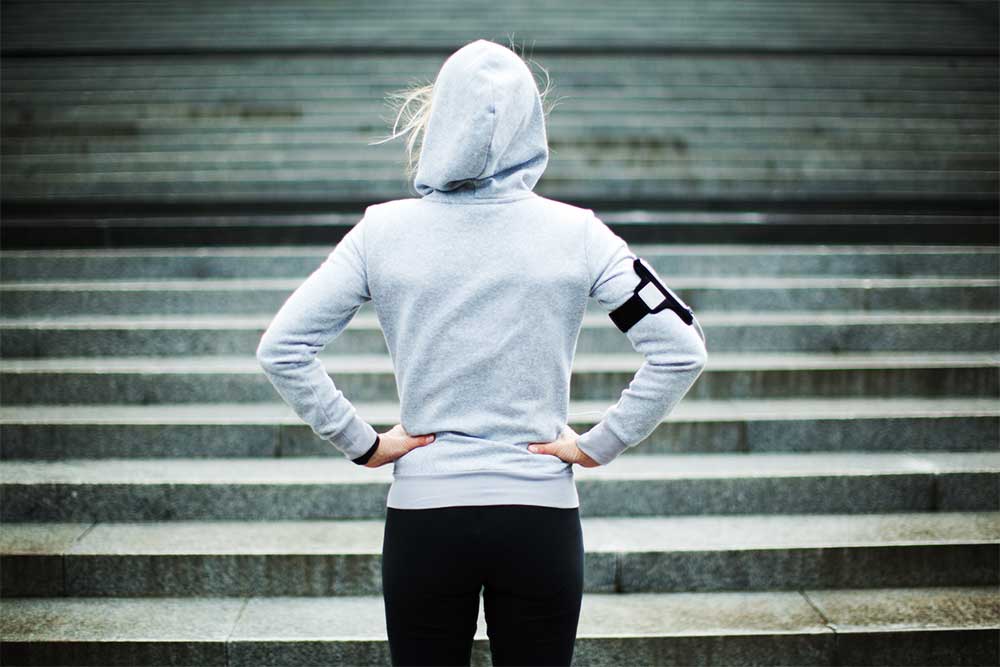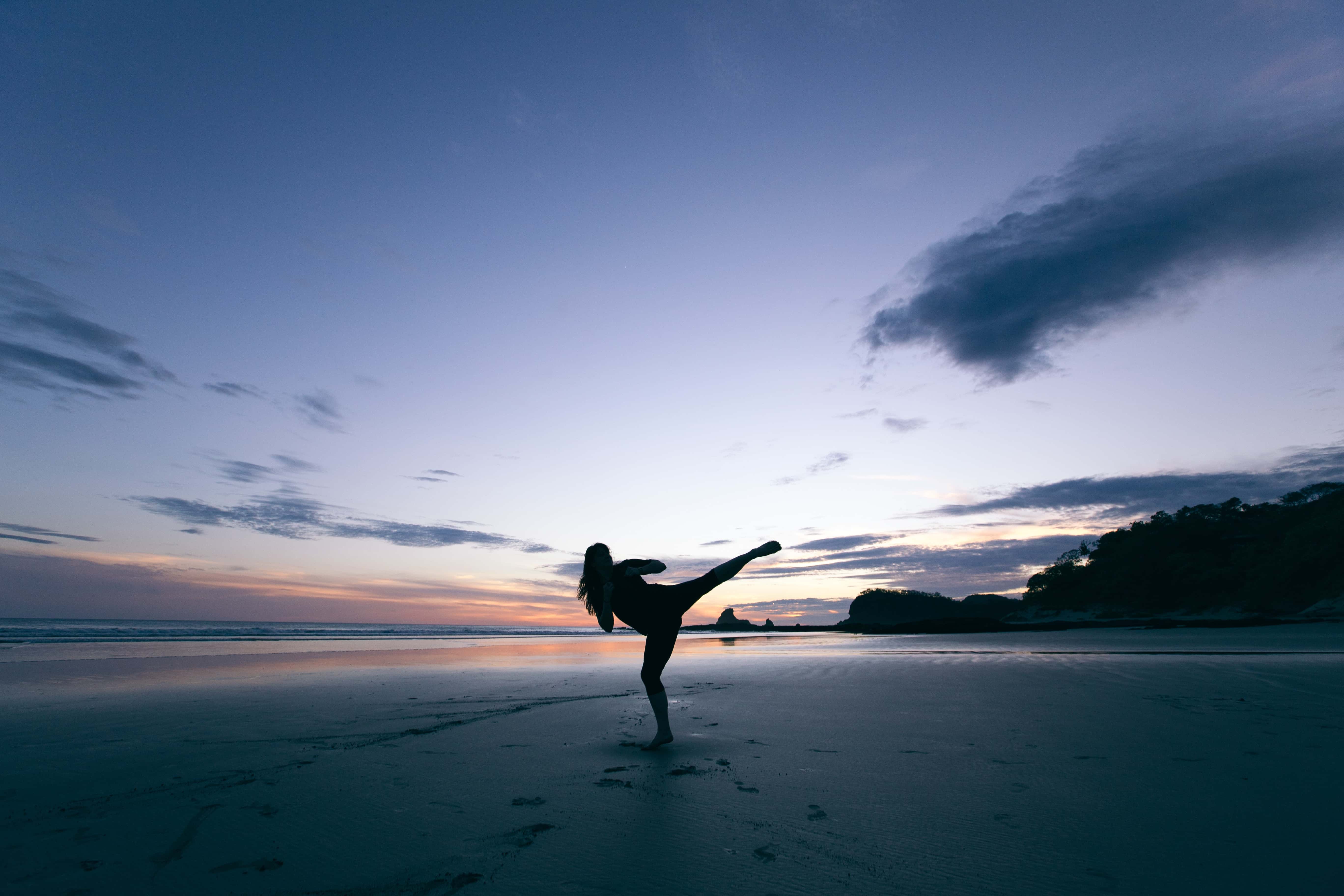A Conversation Between Dance And Neuroscience
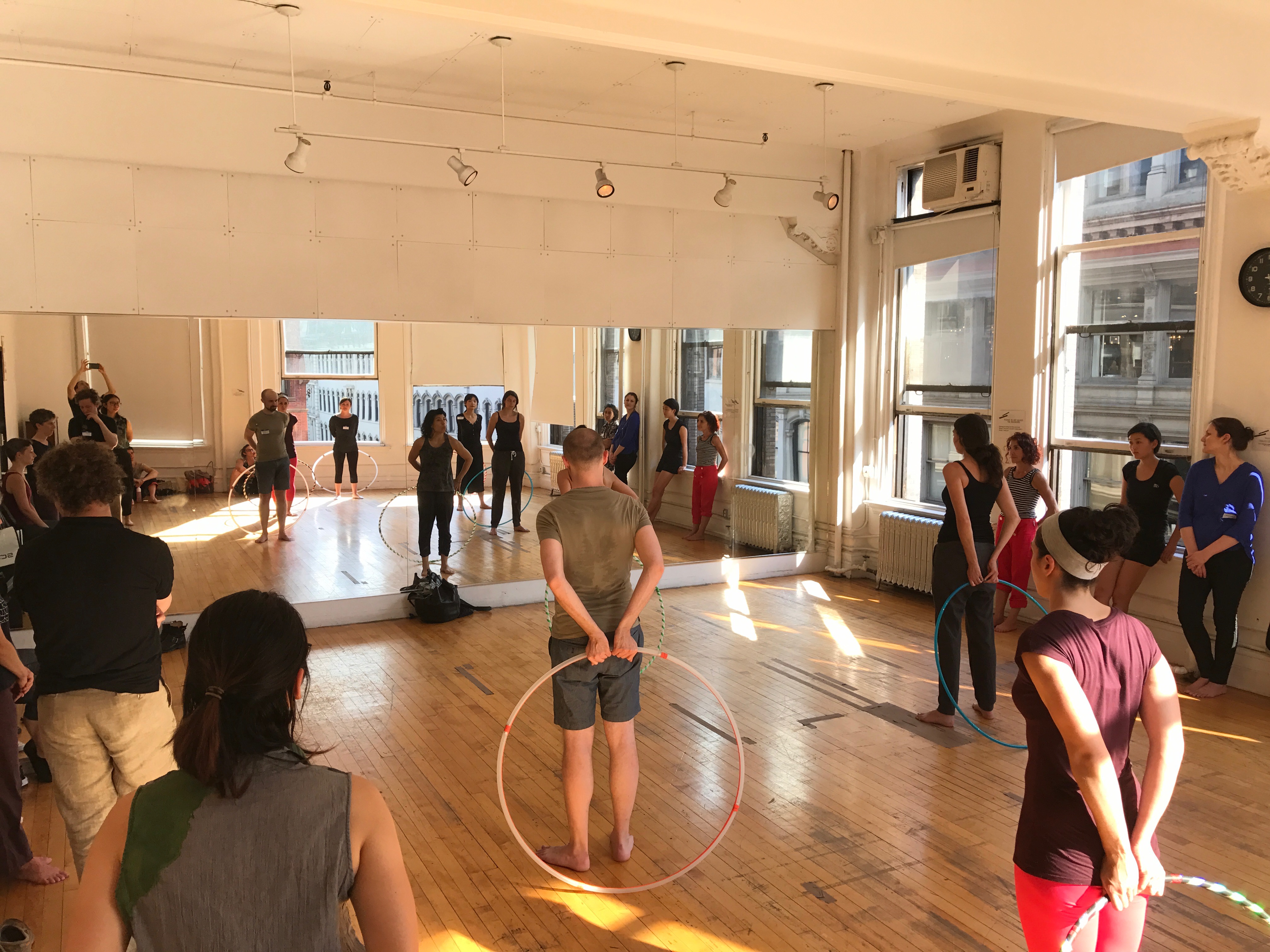
Julia C. Basso, PhD
Dance and neuroscience may seem like two distinct fields, but Jody Oberfelder, director, choreographer, and filmmaker, knows that they intersect in intricate ways. Her recent work, The Brain Piece, just had its world premiere at New York Live Arts from June 28th to July 1st. She notes that, “The Brain Piece is a unique union of movement, sound, neuroscience, and film [that] creates overlapping perceptual domains, giving audiences an interactive and intuitive opportunity to engage with their minds in motion.” To explore neuroscientific concepts in a fully informed way, Oberfelder collaborated with several neuroscientists including Dr. Wei Ji Ma, an Associative Professor of Neural Science and Psychology at New York University. Dr. Ma is a computation neuroscientist who utilizes mathematical models to study a variety of human behaviors including perception, working memory, and decision-making.
Dance And Neuroscience Research
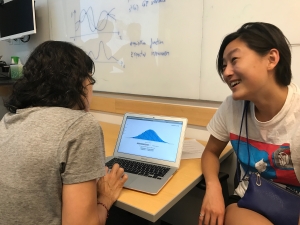 Out of this collaboration, Oberfelder and Ma hosted a neuroscience-dance workshop where neuroscientists and dancers came together to discuss the interaction between these two fields. The neuroscientists, mostly from New York University (NYU), discussed several topics related to dance including perception, memory, cognition, and movement.
Out of this collaboration, Oberfelder and Ma hosted a neuroscience-dance workshop where neuroscientists and dancers came together to discuss the interaction between these two fields. The neuroscientists, mostly from New York University (NYU), discussed several topics related to dance including perception, memory, cognition, and movement.
The workshop started with Dr. Ma explaining exactly what a scientist does and how science works. We then learned about the perception of self and discovered that scientists are conducting experiments to ask the question, “Is the sense of self-malleable?” The answer is a resounding “yes”, and using the rubber hand illusion, we even got to experience this ourselves. Other scientists explained the psychology of beauty and the science of aesthetics, saying that, “beauty is special because there is a harmonious interplay between sensation and cognition” (Aenne Brielmann). Dr. Ma talked about the number of neurons in animals as small as fruit flies and as big as elephants. Others (two neuroscientists both named Long) discussed how because of advancements in technology, “science fiction” is now becoming reality.
Related Article: Cultivating Meaning Through Improvisational Dance
Mind Read
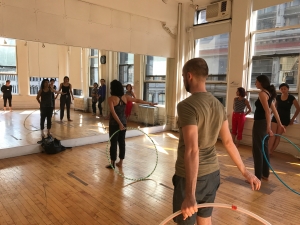 For example, neuroscientists can now “mind read”. Using functional magnetic resonance imaging (fMRI), you can image the thinking brain and actually reconstruct what the brain is “seeing”. Additionally, we can now use our minds or brain activity to control computers as in the case of moving artificial limbs. Finally, we talked about movement. Zeming Fang, a master’s student at NYU, spoke about the nervous system of the sea squirt. During its larval stage, the sea squirt with its primitive nervous system freely moves around, but as it transitions into adulthood, it eats and digests its nervous system and becomes immovable, suggesting that the brain is an evolutionary prerequisite for movement. Finally, I spoke about my work regarding the beneficial effects of exercise on brain physiology and functioning.
For example, neuroscientists can now “mind read”. Using functional magnetic resonance imaging (fMRI), you can image the thinking brain and actually reconstruct what the brain is “seeing”. Additionally, we can now use our minds or brain activity to control computers as in the case of moving artificial limbs. Finally, we talked about movement. Zeming Fang, a master’s student at NYU, spoke about the nervous system of the sea squirt. During its larval stage, the sea squirt with its primitive nervous system freely moves around, but as it transitions into adulthood, it eats and digests its nervous system and becomes immovable, suggesting that the brain is an evolutionary prerequisite for movement. Finally, I spoke about my work regarding the beneficial effects of exercise on brain physiology and functioning.
After these presentations, we all walked from NYU to the Gibney Dance center where the dancers shared dance “experiments” with the neuroscientists. The scientists were introduced to new and creative ways to generate movement. First, Clare Maxwell led us through some techniques inspired by the Alexander technique, which she explains, “is an educational approach to improving functional patterns of movement.” The Alexander technique can be used to enhance skill sets in highly trained individuals such as dancers or to improve movement and functional capacity in patients with pain or movement disorders.
Short Movement Phrases
Jody Oberfelder then led us in an exercise to create short movement phrases by taking inspiration from the happenings or stories of our days. How can we use our everyday movement to inform dance making? In her mission statement, Jody notes that she “creates art that connects to and illuminates everyday life”. Led by Patrice Miller, we created movement phrases out of randomly chosen words. As a writer and choreographer, she has “been thinking about where language and gesture meet and depart.”
Does the brain try to make sense of movement just as we make sense of words that have inherent meaning? How do movement phrases relate to language phrases and how can we use one to inform the other? We also learned a bit of hula hooping from Jule Jo Ramirez, a dancer, yoga teacher, and hoop instructor who specializes in teaching hooping to visually impaired individuals. Finally, Cecilia Fontanesi a dancer and PhD candidate in Neuroscience at CUNY (The City University of New York) spoke to us about her research using dance to help symptom remediation in patients with Parkinson’s disease (PD). She even led us in an experiential practice to feel what it’s like to have a limited range of movement similar to patients with PD.
Related Article: Effects of Outdoor Exercise
Takeaway:
For me, the day was a wonderful blending of my two passions – dance and neuroscience. Why are we driven to dance? How does dance differ from other forms of movement and how is this represented in the brain? How can we use our kinesthetic intelligence to inform and change our mental state of being? These are questions that I am interested in, but will only be answered through rich collaborations such as the one we experienced this week. It is my hope that I can continue to engage in conversations like this, taking information from both dancers and neuroscientists – groups of individuals thinking about the brain and body in different, but inherently connected ways.
(adsbygoogle = window.adsbygoogle || []).push({});
You Might Like:
Keep Moving – Aerobic Exercise Increases College GPAs
Julia C. Basso, PhD Reporting from the 2017 Annual Society for Neuroscience Meeting (Basso JC, Crosta C, Raskin M, Wang A, Kadakia D, Choi J, Milburn E, Trivedi R, Suzuki WA) Long-term aerobic exercise enhances mood...Exercise May Improve Brain Health In Adolescent Binge Drinking
Julia C. Basso, PhD Reporting from the 2017 Annual Society for Neuroscience Meeting Exercise highlight 5: Voluntary exercise restores adolescent binge ethanol-induced loss of basal forebrain cholinergic neurons in adulthood (RP Vetreno, FT Crews) The...Sense & Movement – A Surprisingly Unique Phenomenon
Julia C. Basso, PhD Reporting from the 2017 Annual Society for Neuroscience Meeting The ability to adapt your movement to signals or cues in the environment is known as sensorimotor adaptation, the focus of one...Learning, Memory, & Decision Making
Julia C. Basso, PhD Reporting from the 2017 Annual Society for Neuroscience Meeting Making good decisions requires memory. Take for example, the hangover (maybe that some of us are experiencing today after the reunion with...What Factors Determine Ultra-Marathon Success?
Julia C. Basso, PhD 100 miles is approximately the distance from the surface of the earth to the planet’s boundary, called suborbital space. This is also the distance run by ultra-marathon racers. To be considered...Exercise & Celiac Disease
Julia C. Basso, PhD Eating gluten free seems to be in fashion at the moment. You can find gluten free foods at almost every super market these days. However, for some gluten free is not...(adsbygoogle = window.adsbygoogle || []).push({});




